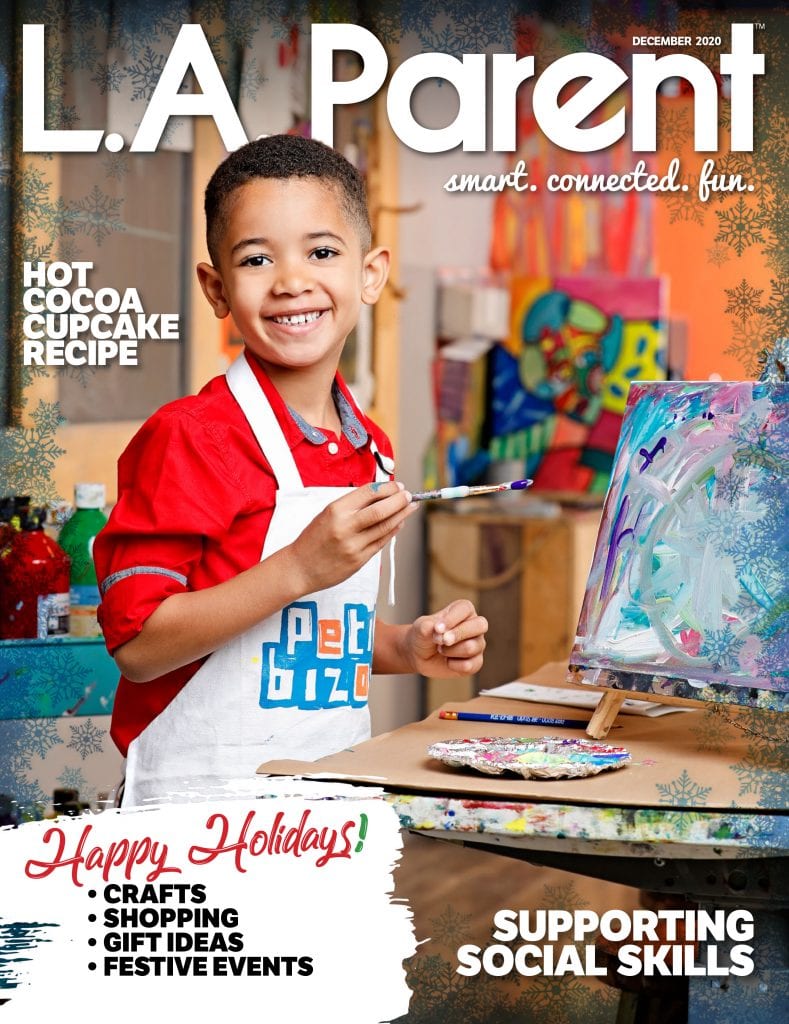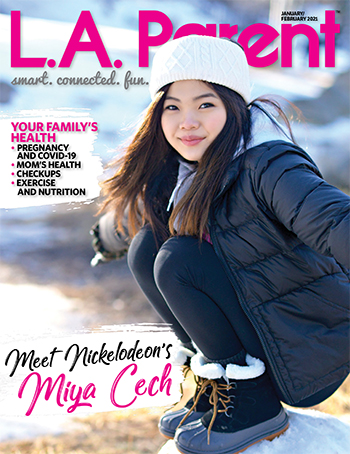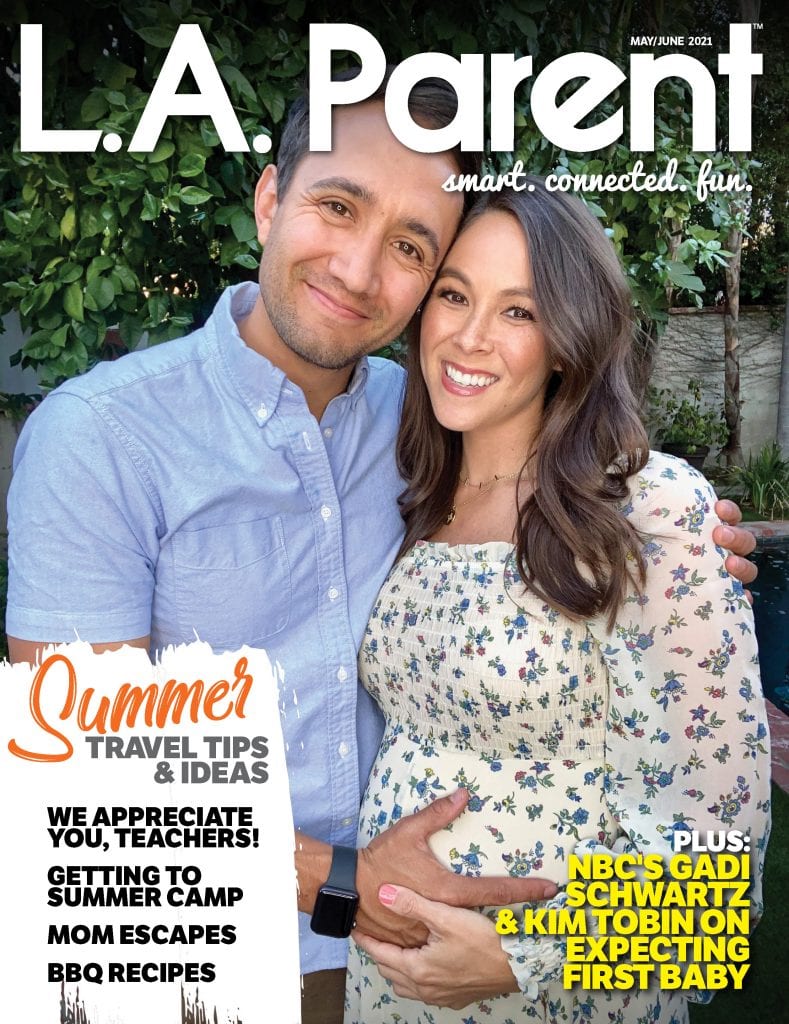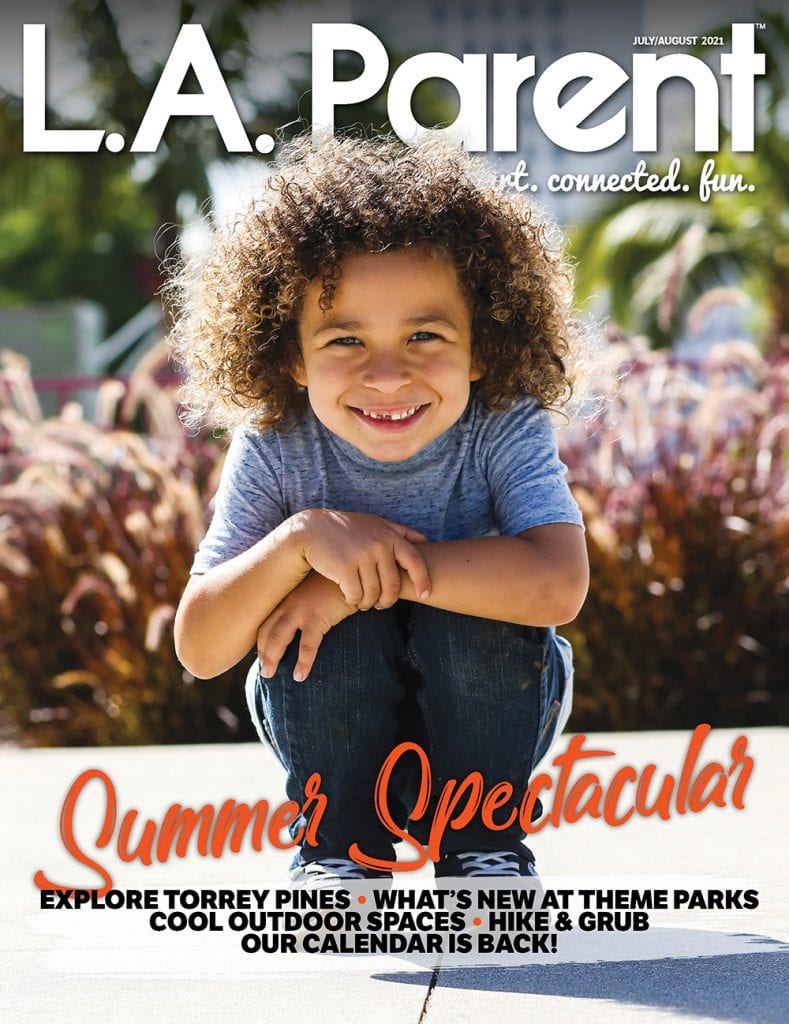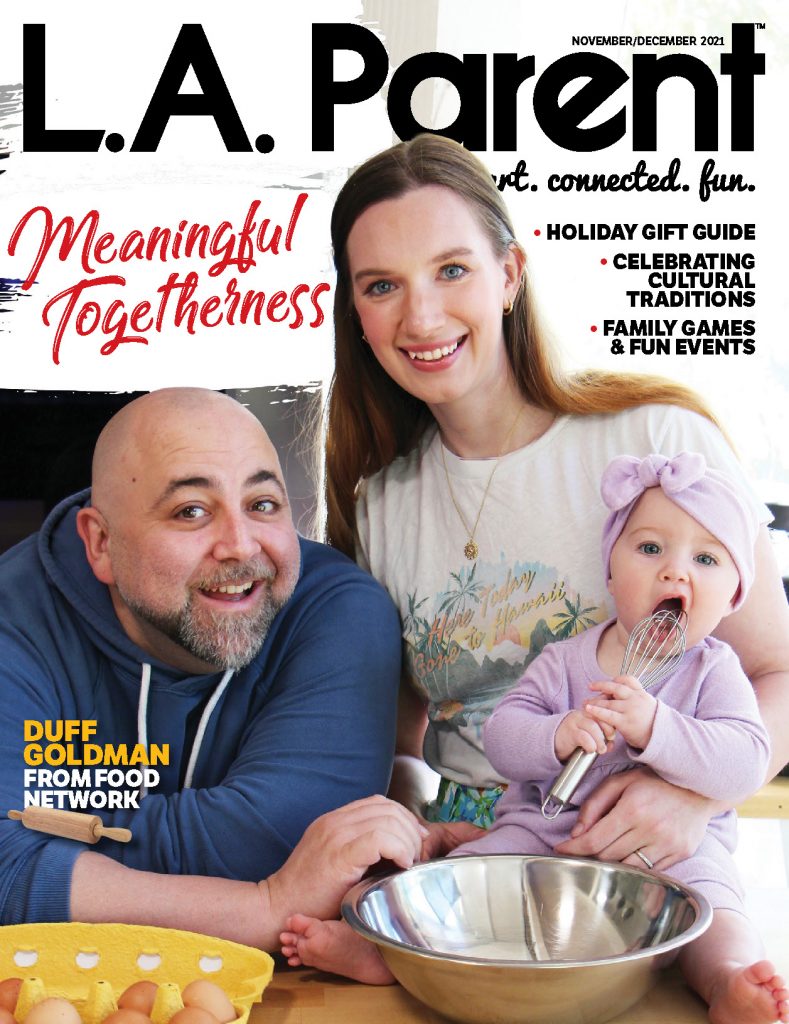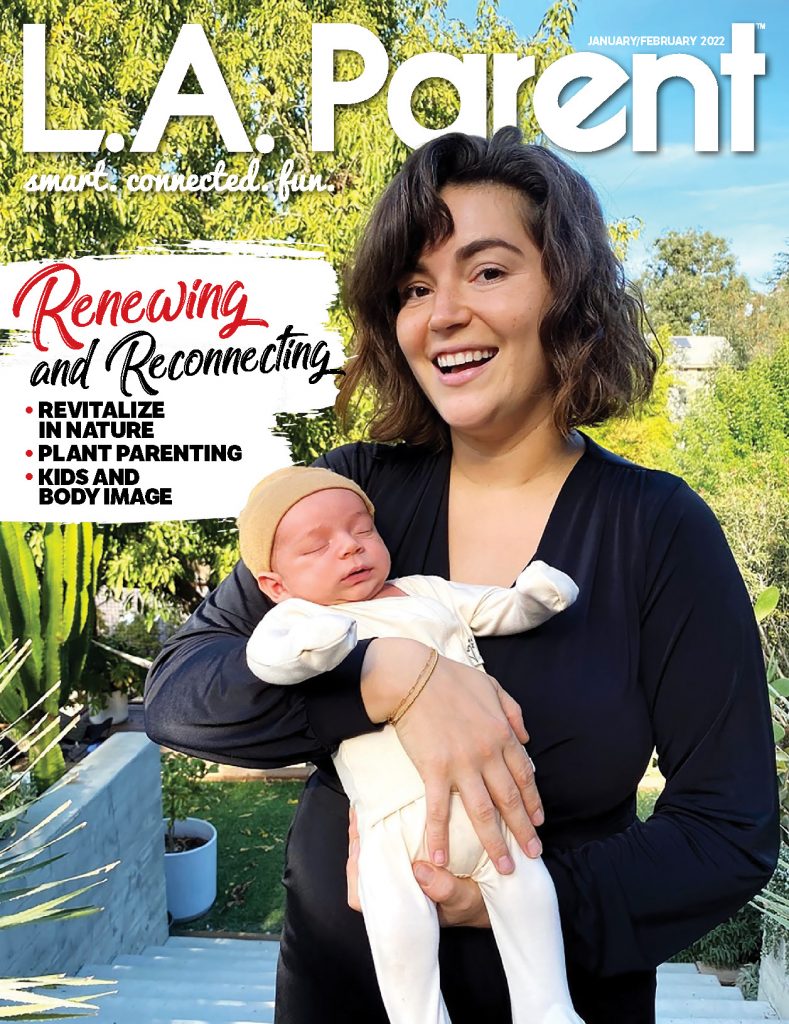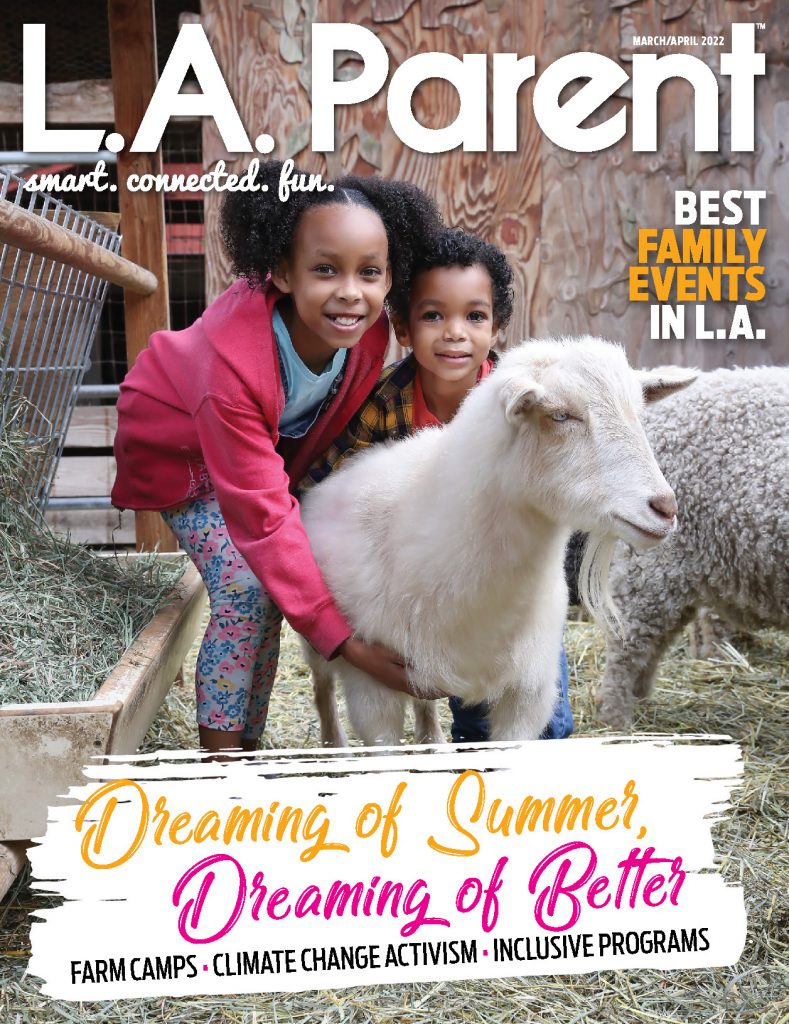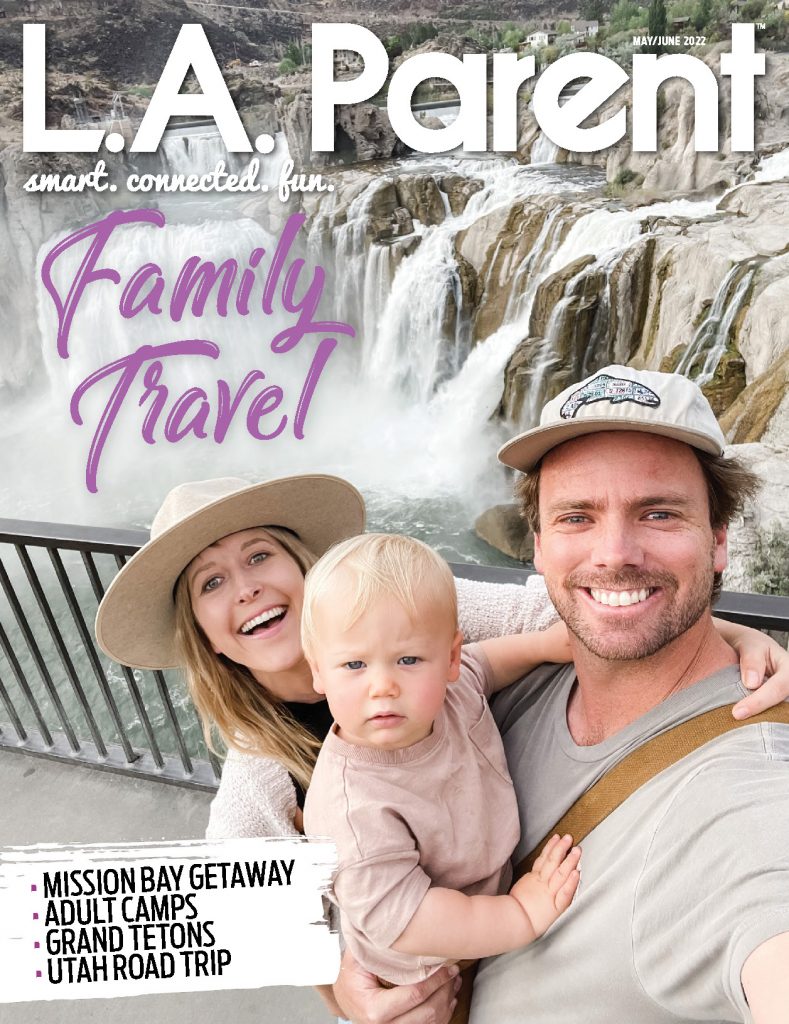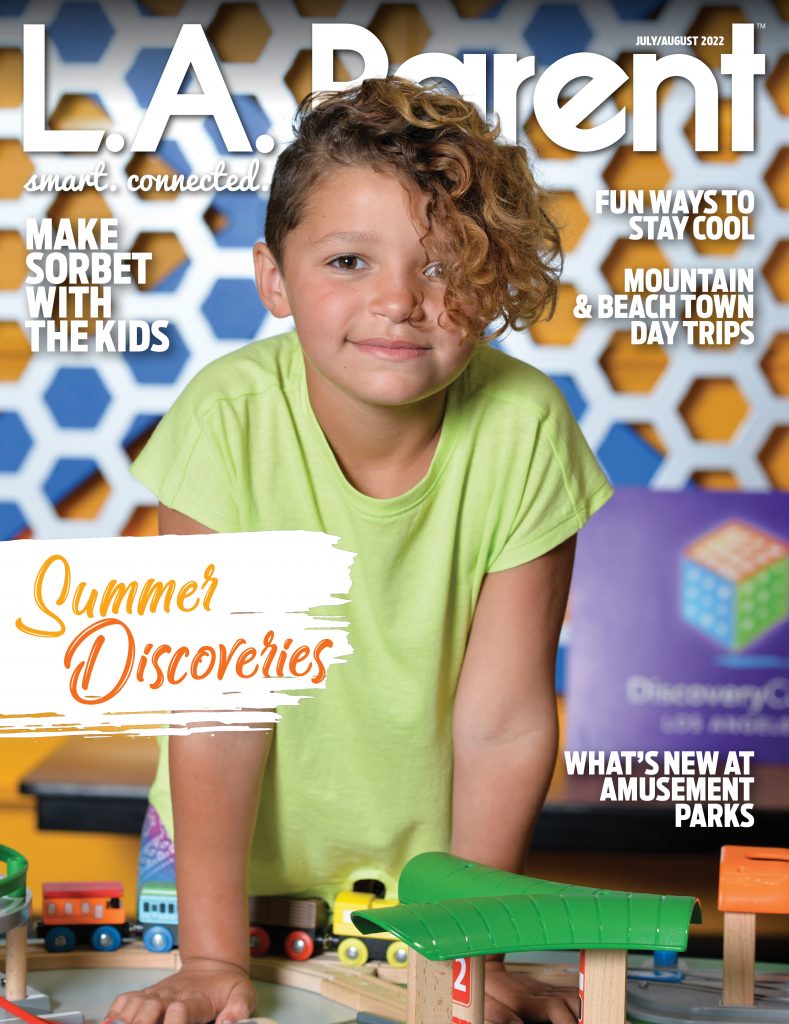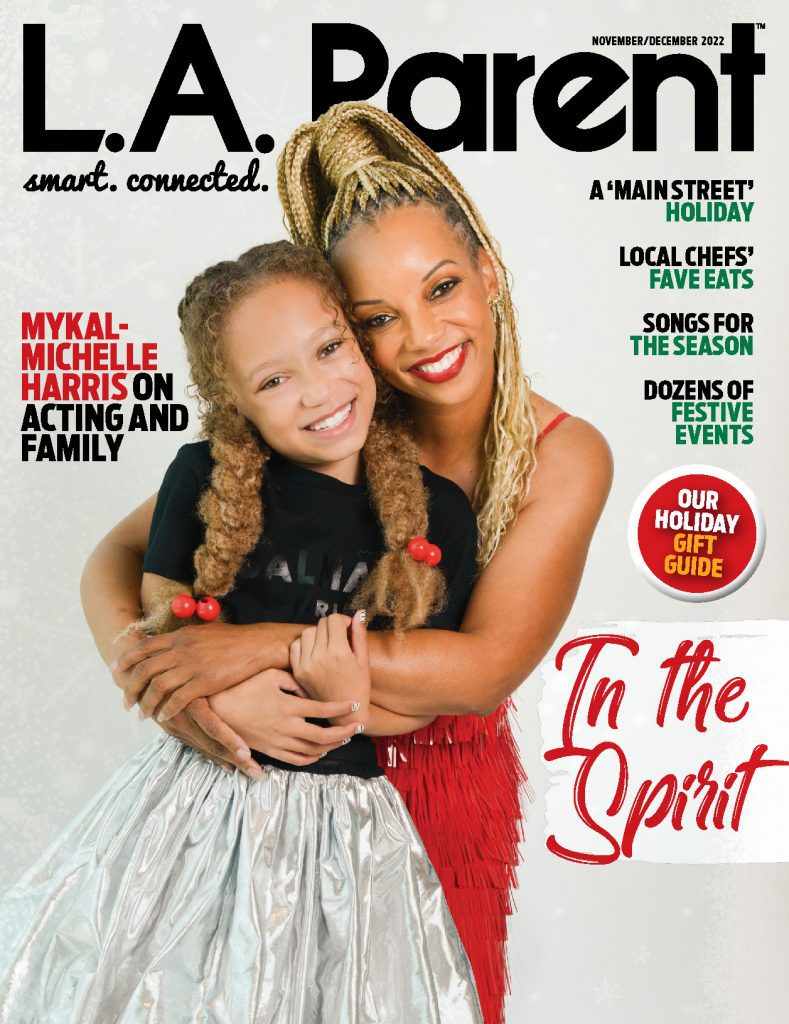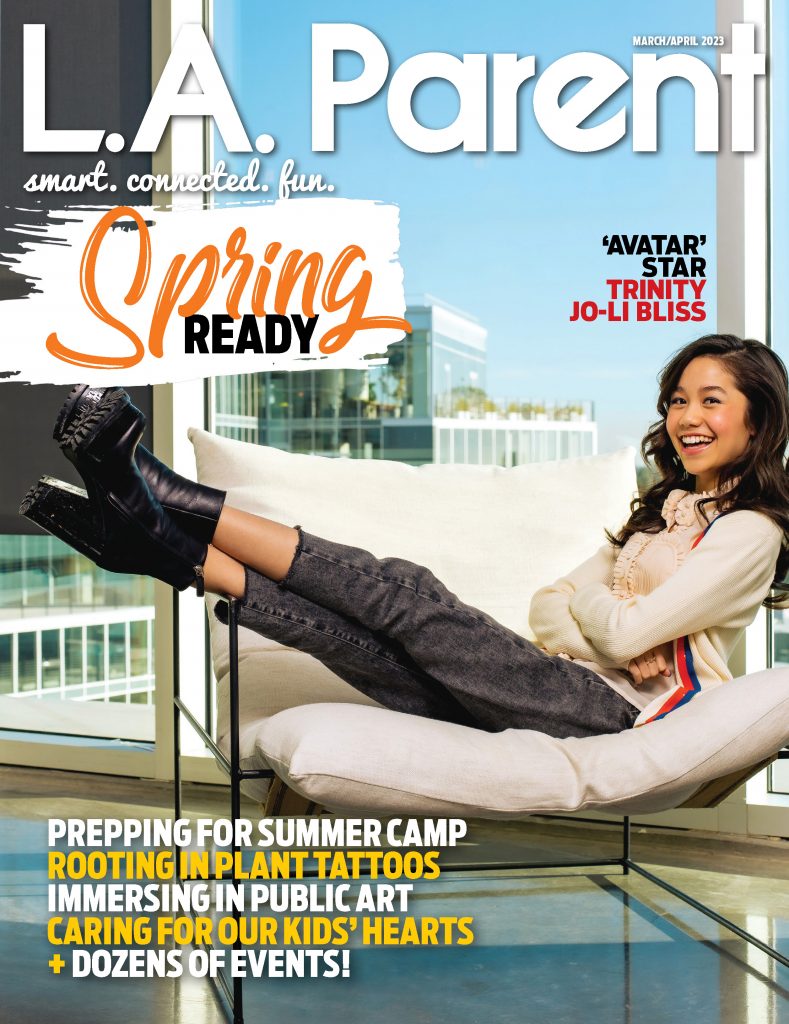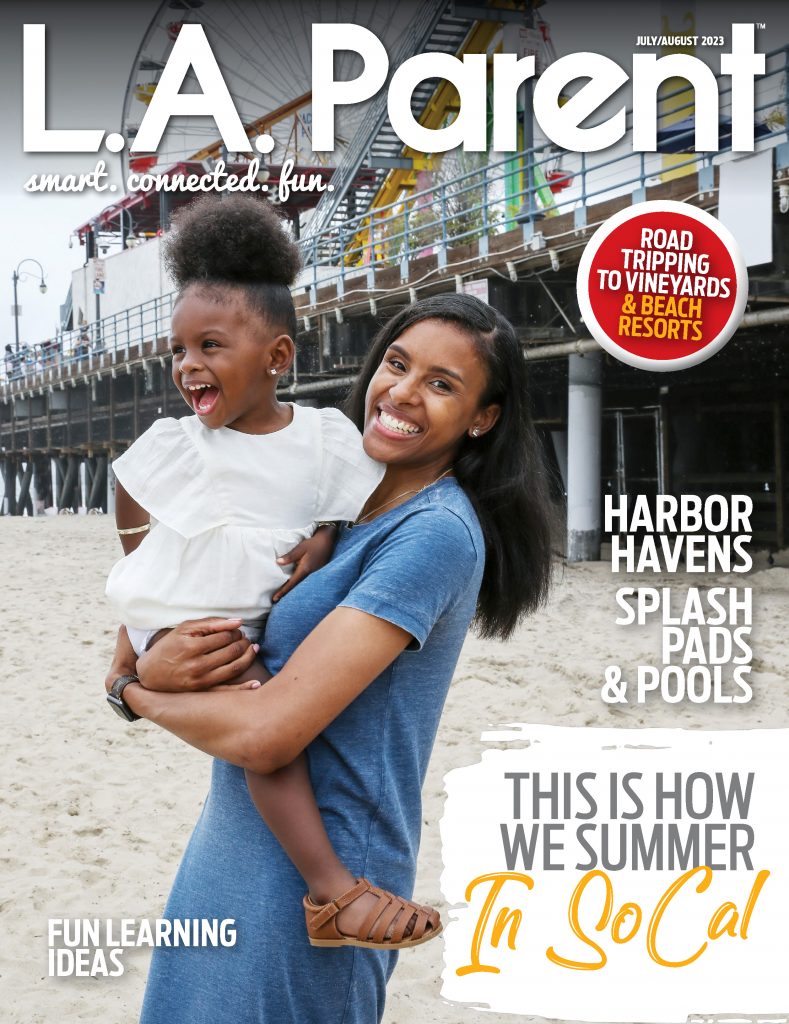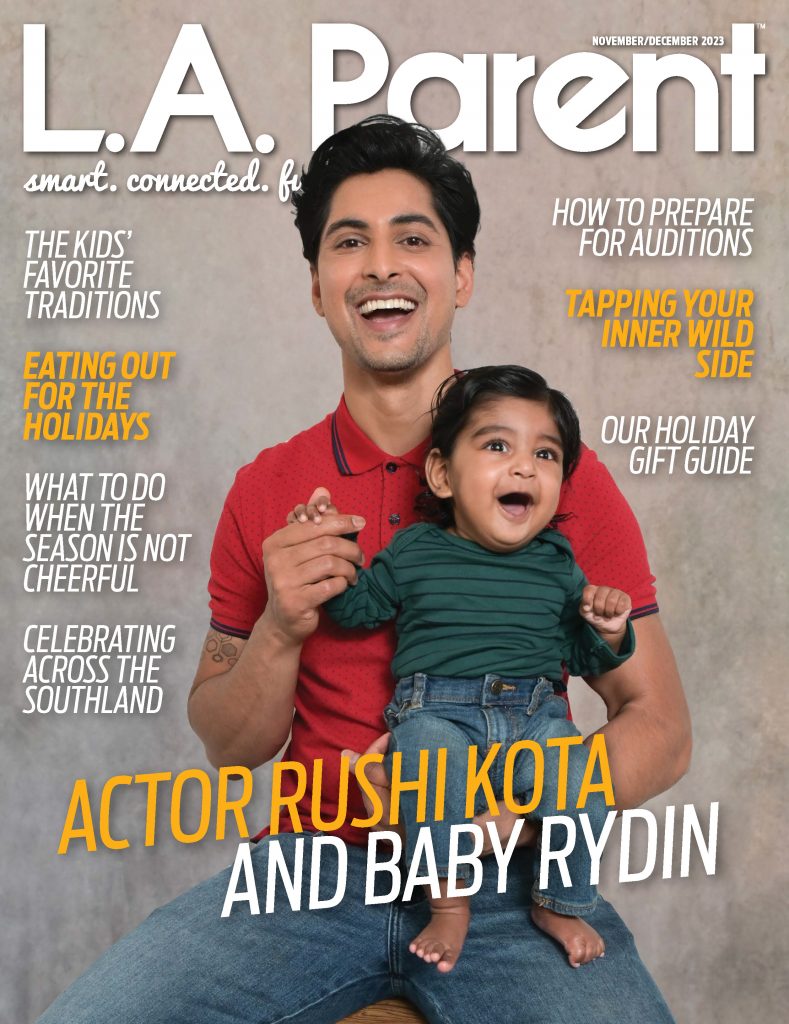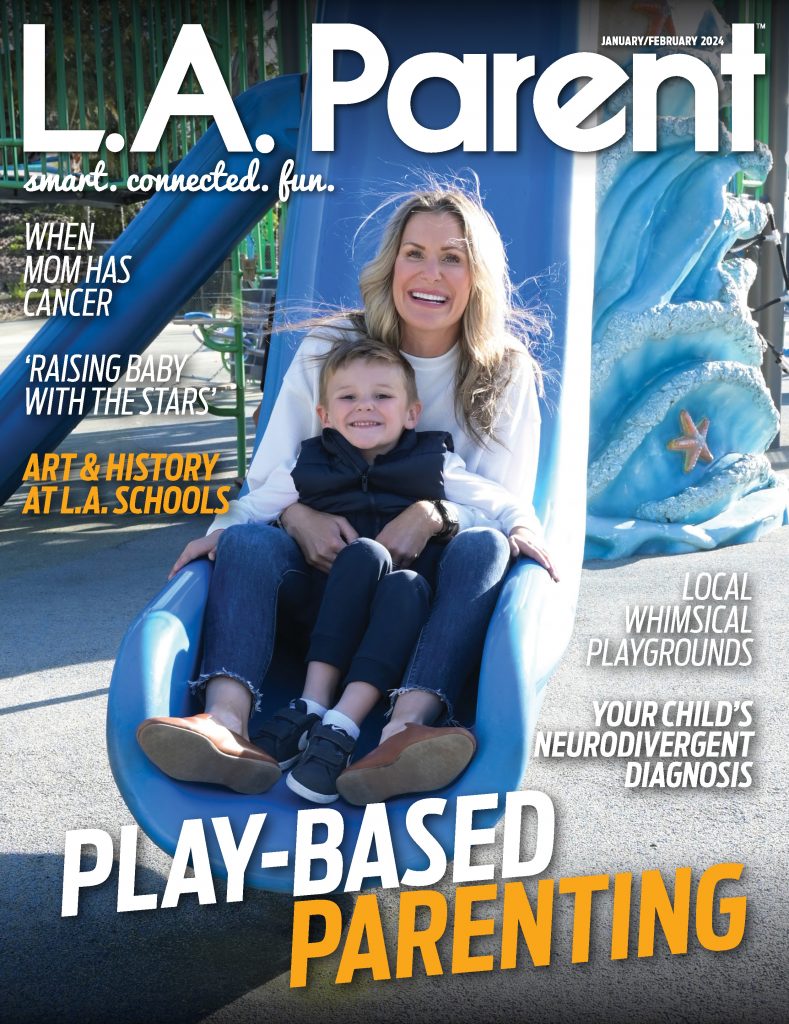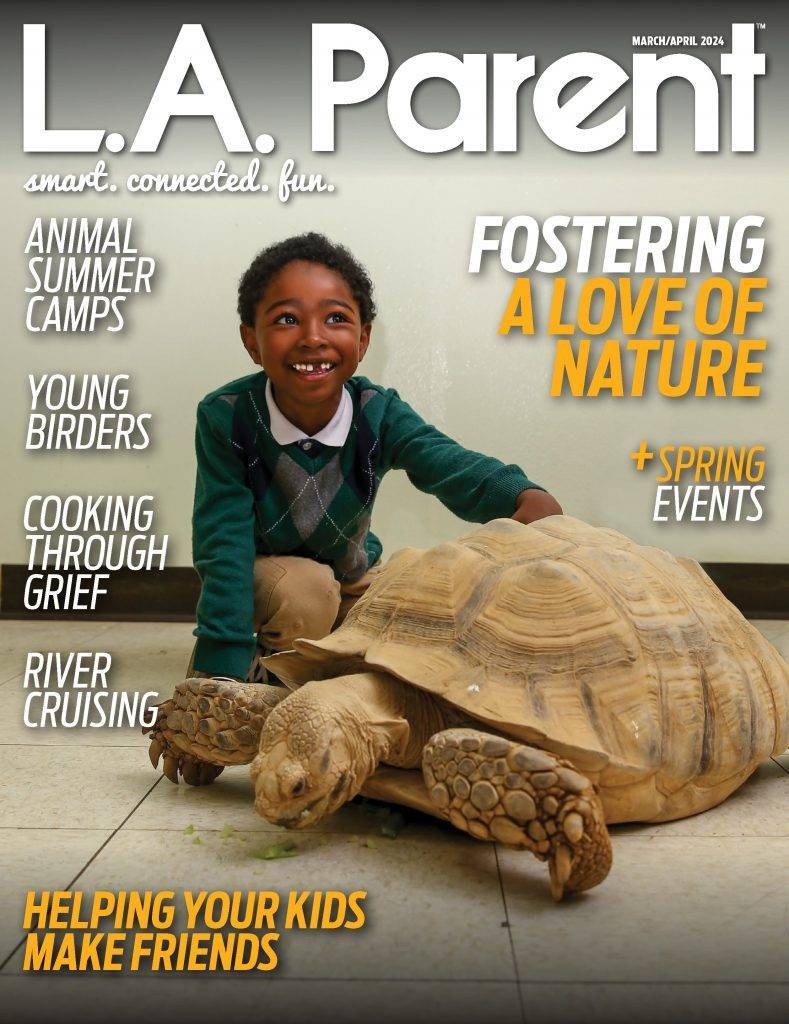
PHOTO BY RYANE NICOLE GRANADOS
When my son Noah managed to discover his early 5th birthday present, an authentic special-edition Miles Morales Spider-Man costume, the look on his face proved the costume was well worth the $40, plus shipping and handling.
After seeing the animated movie “Spider-Man: Into the Spider-Verse” he came home and told me, “I really am Spider-Man, Mommy! I’m really, really Spider-Man! This Spider-Man looks a little like me and a little like Joshua, so now I am Spider-Man for real!” His unrestrained enthusiasm stemmed from the fact that Noah is bi-racial (African American and Mexican American) and his brother is also multicultural, with the addition of a beautiful blend of Ethiopian. Miles Morales, the mixed-race Brooklyn teen who is the hero of the Academy Award-winning film by Phil Lord and Christopher Miller, is the Spider-Man many of today’s viewers – my boys included – have been waiting for.
While they are 5½ years apart in age and are opposites in many ways, one thing my sons have in common is that they have struggled to find toys – in particular, superheroes – that look like them. For this reason, this new season of Spider-Man, Black Panther and the many other new and diverse characters in the marvelous superhero universe has me sending a heartfelt thanks to the storytellers who recognize that kids can’t be what they can’t see. Representation matters, and my sons have finally found a mirror for their comic-inspired imaginations.
“Anyone can wear the mask,” Miles Morales says in the film, but my husband and I grew up in a time when that wasn’t always true. So, when my boys and their father came home from the theater excitedly talking over each other, detailing each scene and downloading the hip-hop soundtrack, it was clear that this was a Spider-Man created for a new era. The movie provides all the charm we already loved about young Peter Parker striving for acceptance, but it does something else that catapults the film into the barrier-breaking blockbuster of our time. It allows black and brown children to do the one thing they were never able to do. Instead of just finding courage behind the mask, my sons have finally found a character where they can be Spider-Man without the mask, too.
Traci McClellan, a certificated child development teacher for Culver City Unified School District’s Center for Early Education, also notes the positive impact multiculturalism in toys and film is having on the language her students use. “In my 19 years as an educator, I have never been more impressed than I am now by the manifold representation in race and gender for superhero franchises,” she says. “I am starting to hear my kids say things in the affirmative, such as ‘I am Spider-Man’ or ‘I am Black Panther’ versus ‘I want to be them’ or ‘I wish I could look like them.’”
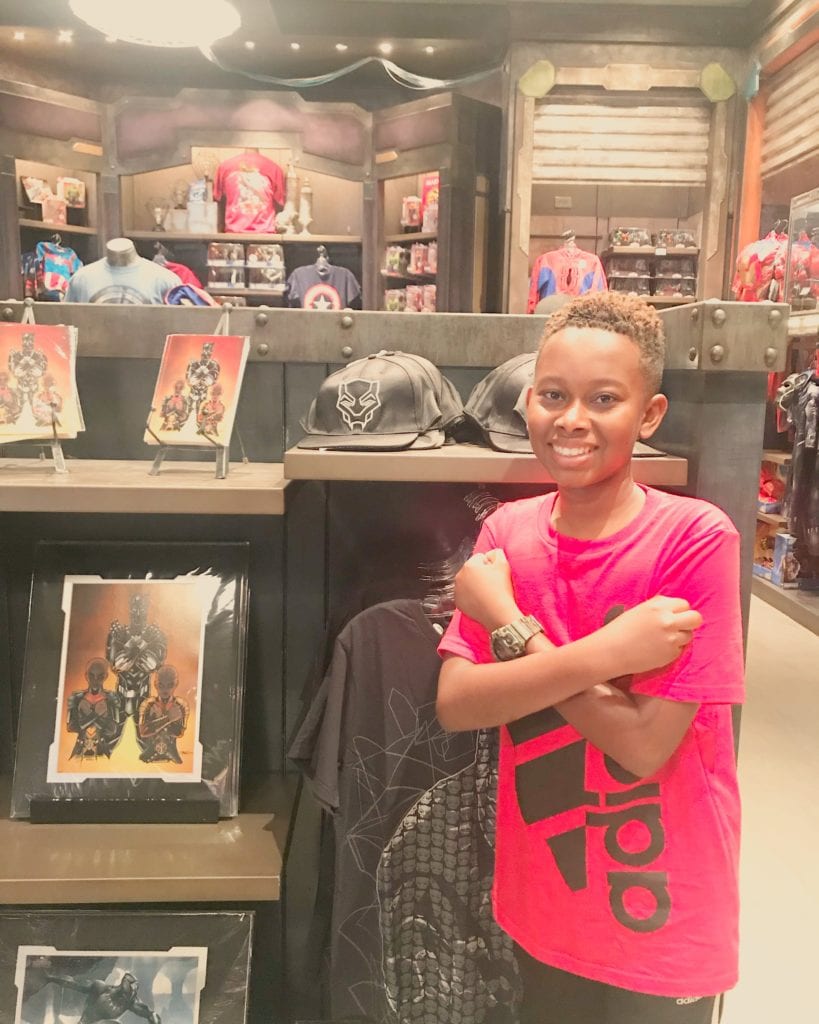
To further draw connections for her class, McClellan introduced a social and emotional HERO-themed curriculum. To her students, HERO stands for Hardworking, Enthusiastic, Responsible and Observant. “I would say that the R in HERO could equally stand for Representative,” McClellan says, “because every child deserves an image that positively represents them.”
The novel opportunity for a child of any ethnicity to imagine himself as a typical kid who just happened to be bitten by a radioactive spider bookends an iconic year for superhero movies kicked off by the Afro-futuristic “Black Panther.” Its record-breaking $235 million opening-weekend box office proves how excited children and children-at-heart are to have superheroes who look like them. Families flooded the theater to see diversity reign in the fictional African nation of Wakanda and beyond. Parents expressed unbridled enthusiasm at the idea of showing their sons and daughters a superhero who is also a black king, a black princess who is also a genius and black characters who obliterate all movie tropes to redefine standards of beauty, excellence and heroism.
“It is so important for us to see ourselves as superheroes,” says Yona Harvey, acclaimed poet, professor and co-author of Marvel’s “World of Wakanda” and “Black Panther & the Crew” series. “To see ourselves is to validate our experiences – how we dream and how we live. Superheroes are not those people over there. We’re right here.” Her assertion underscores a desire that all parents have for their children. Whether it is in school, in family, in comics or in life, we want our children to be seen.
Harvey’s work for Marvel intersects with her life as a mother of two teenagers. “It allows me to think more deeply and imaginatively about teen interests and preoccupations,” she says. “It’s sometimes difficult as a parent to take a step back and differentiate between what we think young people ‘should know’ or ‘should be told’ (or ‘should read!’) and what actually excites young people. For better or worse, comics are often escapist or fantasy literature. Both of my children, however, are conscious and aware of the climate happening around them. My son recently rallied with other Pittsburgh teens after the police officer who killed Antwon Rose was found not guilty. But my son’s taste in comics and entertainment is definitely more ‘otherworldly.’ My work for Marvel reminds me to consider the breadth and spectrum of how young people behave. There’s great variety in their dress, what they eat and what makes them laugh. Teens of color should be able to embrace that variety, too, by seeing themselves as sorcerers, wizards, geeks, zombie fighters and even royal advisors.”
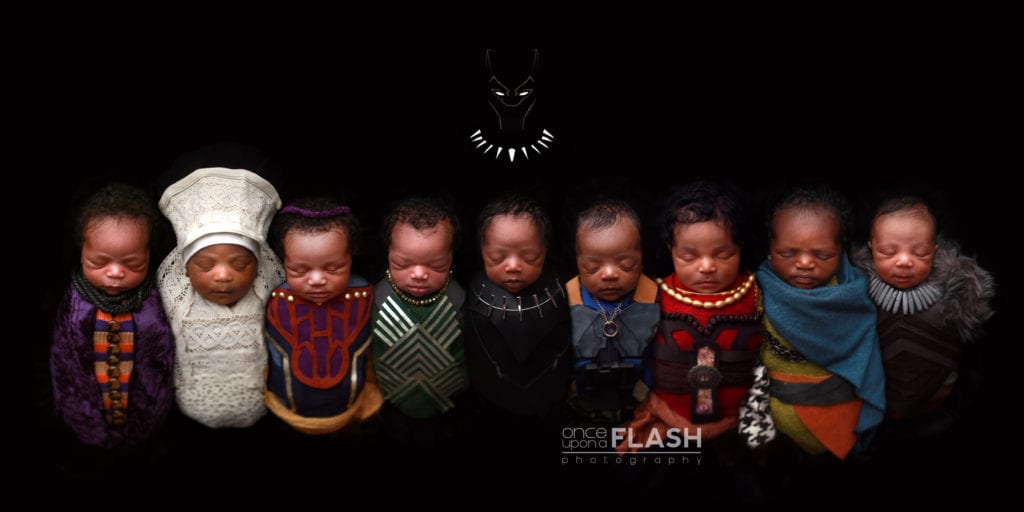
PHOTO COURTESY KENNISHA FISHER
“Wakanda Forever” fever is even reaching 2-week-old babies – or at least their parents. Kennisha Fisher of Once Upon a Flash Photography has curated a Wakanda Beginnings series that is quickly becoming a viral sensation. She put out a call asking for nine African American babies born between Jan. 23 and Feb. 28. The parents were elated when Fisher explained the topic of the shoot. As a photographer of newborns and the mother of five black sons, Fisher has a keen understanding of the beauty of the early stages of human life and, by marrying that beauty with Black Panther images, she has created a stunning photographic portrayal of a child’s uninhibited potential.
“It’s important for our children to see themselves as heroes who can save the day, come to the aid, be bigger than life and have a history that didn’t begin with slavery,” she says. Fisher credits her parents for giving her an opportunity to see herself as capable of being whatever she wanted to be. She also acknowledges that this type of assurance doesn’t exist in all places. “In this photography series, I hope to highlight the greatness of children,” Fisher says. “Like my sons, I want each baby to always know who they are and what they stand for. That way, in confidence and with a sense of belonging from the start, they can go forward.”
Go forward! Go forward! That phrase continues to echo in my ears. Those words embody all my dreams, as a mother, for my children. To go forward, one must have a strong resolve and some key tools. Racial and ethnic socialization is a vital part of that survival toolbox. According to the American Psychological Association, teaching children about their racial identity can help prevent the internalization of negative stereotypes that can lead to psychological difficulties.
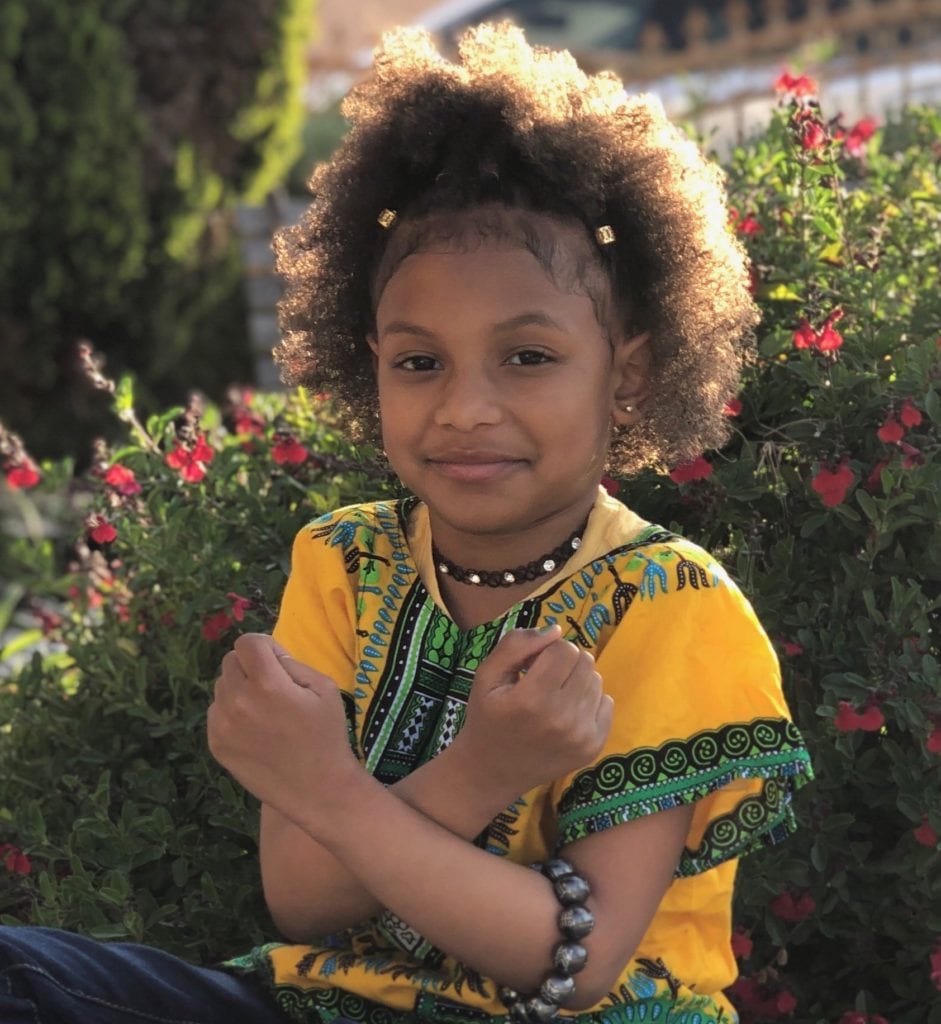
The value of the teachable moments found in “Black Panther” and “Spider-Man: Into the Spider-Verse” cannot be overstated. For African American families, mixed-raced families and families of all races, these films help inspire hope for a brighter future filled with empathy and acceptance. Fictional stories have the ability to show commonalities beyond culture, place or experiences. There are lessons to be learned from the global African diaspora to the skyscrapers of New York City – and to the innumerable neighborhoods crisscrossing L.A.
These lessons and this new age of superheroes made it a no-brainer that my son’s recent 5th birthday party would be a “Spider-Man: Into the Spider-Verse” celebration. As his preschool peers piled into sundry inflatable bouncy houses and my older son huddled with his friends, passing around cellphones and headphones and pre-teen pranks, I became overwhelmed with marvel and gratitude.
As frustrated as I sometimes find myself by the challenges of raising kids in contemporary times, I am thankful for the opportunity to raise them in such creative times. And to filmmakers Phil Lord, Christopher Miller and Ryan Coogler, writer Yona Harvey, teacher Traci McClellan, photographer Kennisha Fisher and the guy at the comic book store who patiently explained more than I ever thought I needed to know when purchasing my first comic at the age of 40, I thank you. To the teachers and dreamers and parents and grandparents who see those kids flying around with imaginary capes and, instead of telling them to settle down, scoop them up and show them how to fly, I thank you. To my sons, who remind me on a daily basis that there is never a reason to stop believing in magic, I thank you.
Through my journey into the universe of comics, I have learned to anticipate the adored movie cameos of the now-deceased Stan Lee. In the movie that stole the heart of my youngest son, Miles Morales asks Stan, “Can I return [the Spider-Man costume] if it doesn’t fit?” Fittingly, Stan Lee replies, “It always fits, eventually.” To Stan Lee, from a mom who didn’t initially get the lure, but now does: thank you!
Ryane Nicole Granados is an L.A. native, writer and mom of four sons. Her work has been featured in The Manifest-Station, Mutha Magazine, The Good Men Project, Expressing Motherhood, The Nervous Breakdown, Scary Mommy and L.A. Parent.
